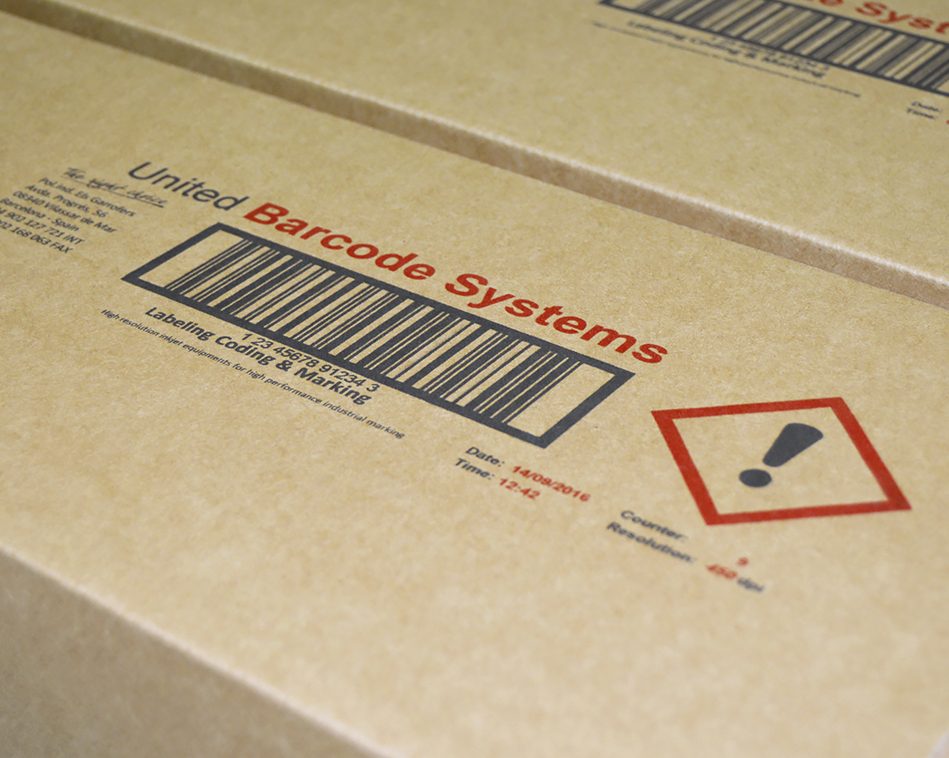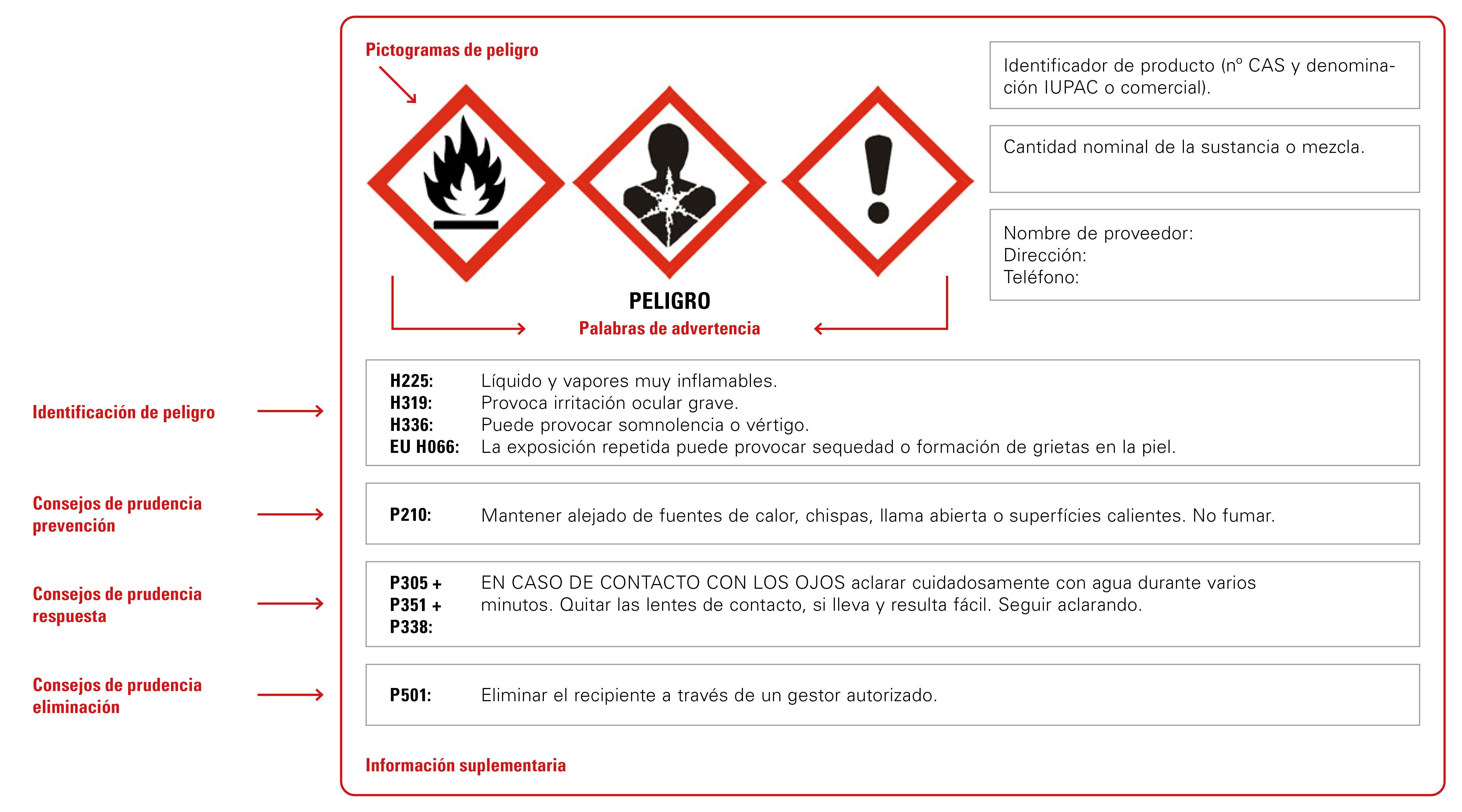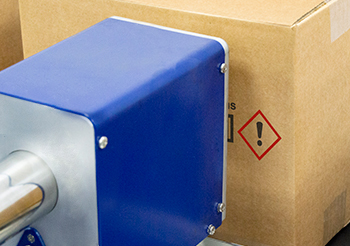Labeling is essential on any product, but even more so in the case of hazardous goods. Labels contain the necessary information to know how to handle them, which precautions must be taken in transporting and storing them, and details about their origin and destination. Ultimately, they provide all the information that any of the agents involved in the supply chain must know, guaranteeing minimized risks.

There are nine main divisions of hazardous goods, some of which have separate product subcategories:
1.- Explosive materials and objects: these are divided into six classes, all with an orange label. As indicated by the name, these include all products that are susceptible to exploding during handling.
2.- Gases: this category includes gases that are flammable in contact with heat (red label), non-flammable and non-toxic gases (green label), and poisonous gases (the label has a black skull on a white background).
3.- Flammable liquids: they have a red label.
4.- Flammable solids and substances that are spontaneously combustible: this category includes flammable solids (label has red and white vertical stripes), spontaneously combustible solids (label that is half white and half red), and solids that may ignite when in contact with water (blue label).
5.- Oxidizing substances and organic peroxides: oxidizing substances have a yellow label with a flame inside a circle at the top, and organic peroxides have a red label.
6.- Toxic and infectious goods: these are divided into toxic substances that are lethal if ingested (the label has a skull on a white background) or that are infectious (instead of a skull, the label has three overlapping circles).
7.- Radioactive substance: the label indicates if the radioactivity is type I, II or III.
8.- Corrosive substances: the containers for this type of substances must be marked with a pictogram that is white on top and black on the bottom. The top part has an icon of two test tubes pouring their contents onto a hand and onto a surface.
9.- Miscellaneous: this category includes all other hazardous substances, which have a white label (with black vertical lines at the top).
All these labels are accompanied by the number for the type of hazardous material and its subcategory.
The REACH-CLP regulations
Since January of 2009, hazardous goods in the European Union have been subject to compliance with the CLP Regulation on the classification, labeling and packaging of substances and mixtures. This regulation includes the international criteria of the Globally Harmonized System of Classification and Labeling of Chemical Products (GHS).
This type of substances must also comply with the REACH Regulation for the registration, evaluation, authorization and restriction of chemicals. Manufacturers and importers are required to provide information on the physical-chemical properties and environmental and health effects of their products.
Thus, in addition to the classification into the nine classes of hazardous goods, labels must contain information such as:
-
The contact details of the provider.
-
The quantity of the substance or mixture contained in the container.
-
Identifying information on the product, which is the same as that which appears on the Safety Data Sheet.
-
The two-color hazard pictograms (red and white).
-
The corresponding signal word (danger or warning).
-
The hazard statements, when the substance or mixture is classified as hazardous.
-
Precautionary statements.
-
Additional information about physical properties, effects on health, or specific packaging rules.

Bottom of the image: Source
The CLP Regulation also establishes the physical characteristics of labels: dimensions based on the package capacity, layout and size of each element.
UBS printers, the best solution
To ensure the maximum accuracy required for marking, coding and labeling hazardous goods, UBS makes printers with the best guarantees which are designed to be easily integrated into any production line.

Our APLINK MRX Bicolor high-resolution inkjet printers are especially indicated for printing pictograms and texts in accordance with REACH-CLP regulations. Their two printheads, with two ink sources, can print images, expiration dates, and all types of barcodes that are 100% readable and compatible with GS1 standards for secondary packaging.

